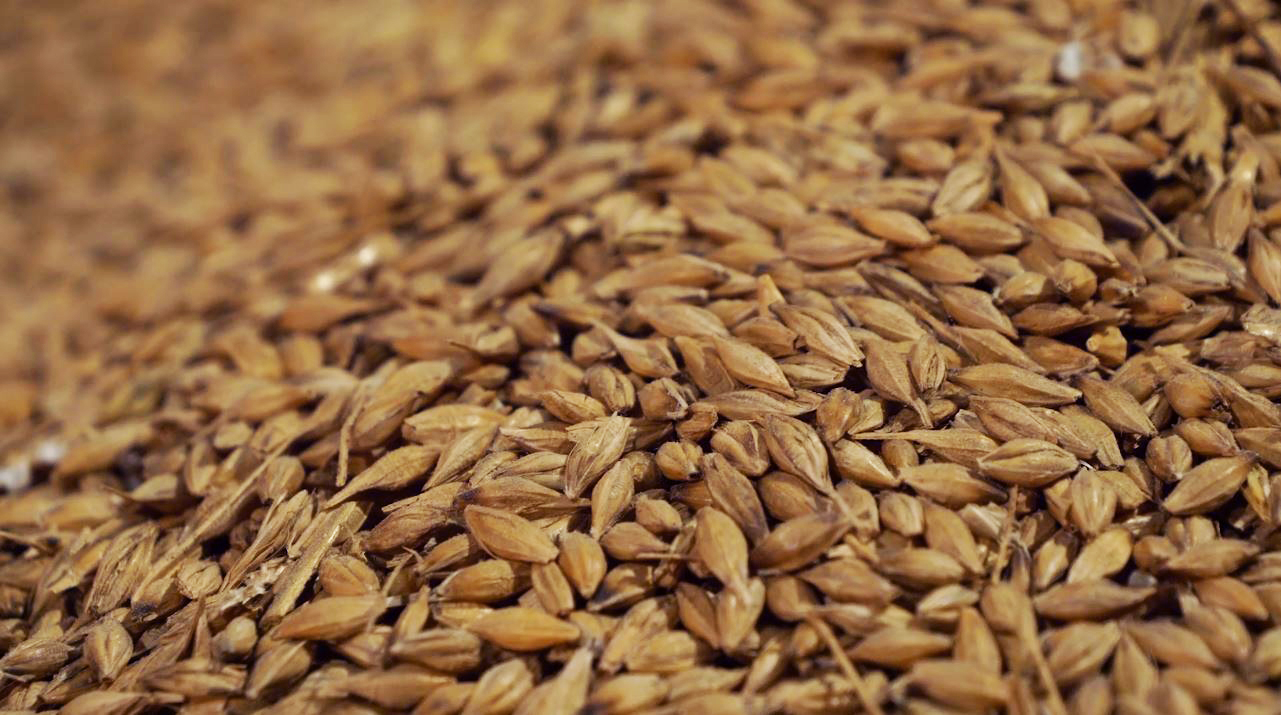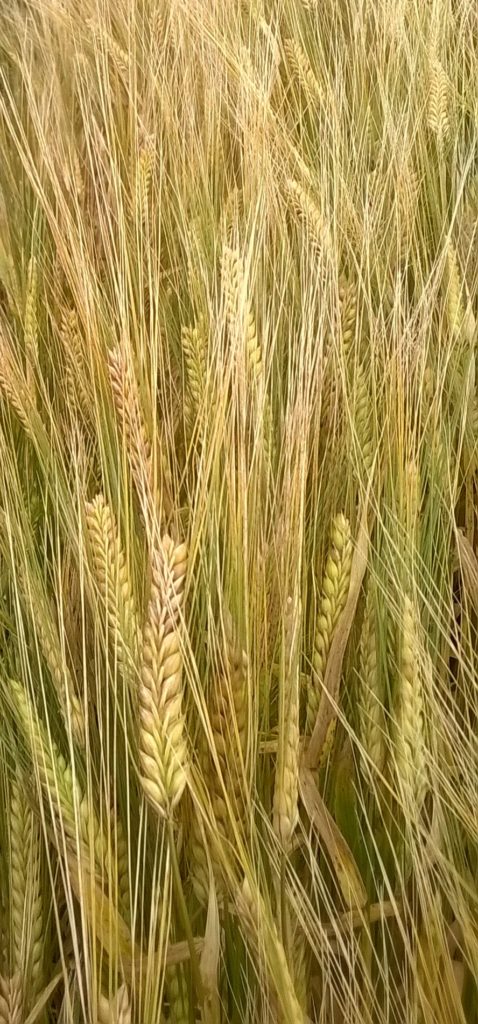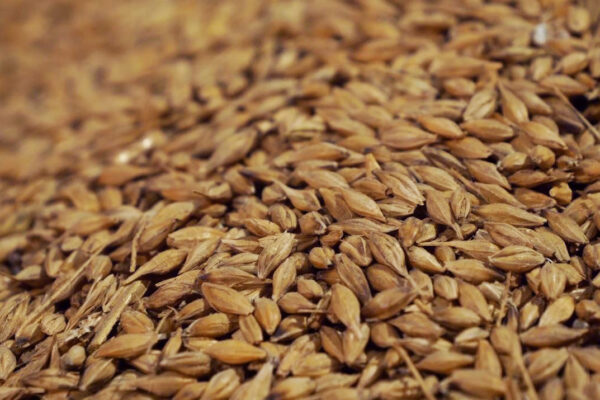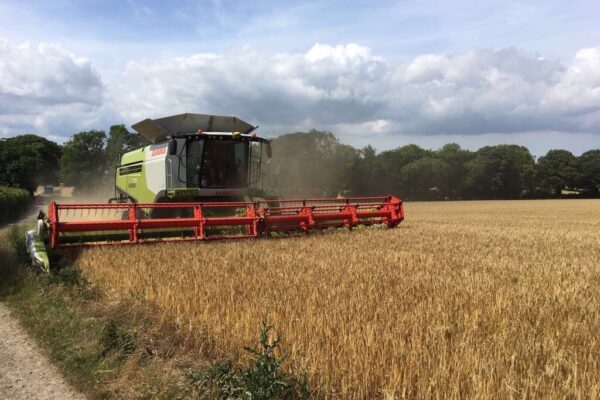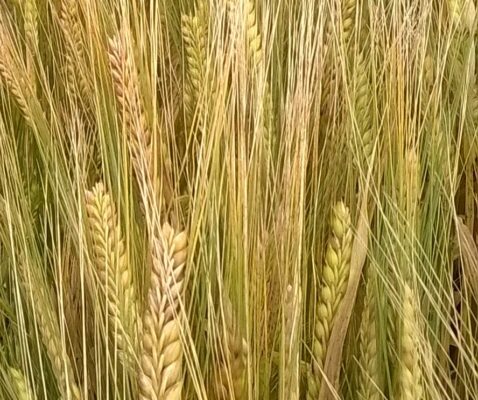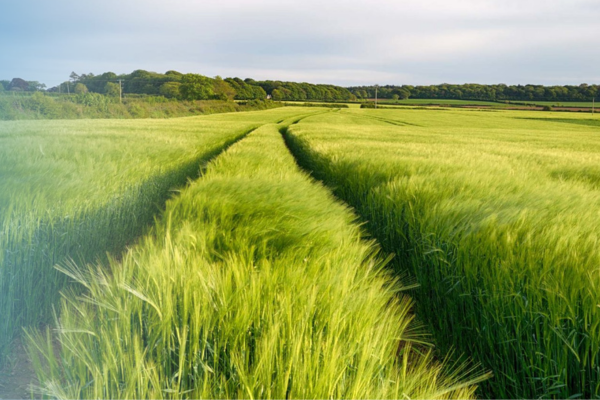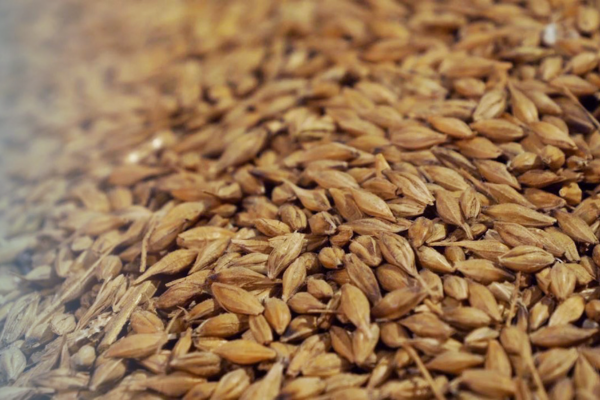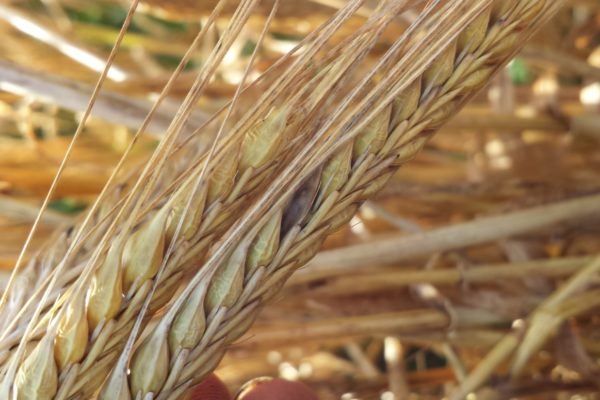Business and Policy August 2025 – Cereals
1 August 2025Global Oversupply vs Regional Tensions
The global grain market continues to lean bearish, driven by significantly increased production across major exporters. Wheat and maize output are forecast to rise in Europe, South America, and the US, contributing to ample supply and keeping global prices under pressure. Despite firm demand, particularly for biofuels and reasonably good global consumption, the sheer volume of grain expected to enter the market is capping price gains. However, regional issues are creating volatility.
In Europe, weather concerns remain as heavy rain delays harvests from Germany across into Poland, while drought conditions in southern Europe threaten maize yields. Although early signs suggest high-quality wheat across much of the continent, these variable weather patterns could introduce short-term volatility. Meanwhile, declining stock-to-use ratios for wheat and maize hint at possible supply tightness later in the 2025/26 season, which could make the market more responsive to bullish developments in the months ahead.
Weak Currency and Export Competition
A weakening US Dollar continues to weigh heavily on grain markets, particularly in Europe and the UK. The Dollar has now fallen by 15% against both the Pound and the Euro, driven by fiscal concerns, investor doubt, and falling confidence in Trumps government policy.
This currency shift has made US grains less expensive for international buyers, dragging global benchmarks lower and taking around £25/t off UK wheat prices and up to £50/t off rapeseed values. In tandem with this, the ongoing competitiveness of Black Sea exports, particularly from Russia, is placing downward pressure on EU and UK grain markets.
Ukraine Disruption and Trade Diplomacy
While markets remain broadly bearish, Ukraine’s declining export capacity presents a structural factor that could support prices later in the season and into 2026. Ukrainian grain exports have fallen 28% from pre-war levels, with the 2025/26 season to date running at just 31.5% of last year’s volumes. Barley exports have been hit hardest.
Given that agriculture represents a vital part of Ukraine’s economy, the outlook for them is concerning, with 10–20% of farmers reportedly unable to afford planting next season due to war-related costs and debt burdens. This has prompted European buyers, who took in 35% of Ukraine’s wheat and 60% of its maize between July and November 2024, to look elsewhere for reliable supply.
With quality crops, the UK could be well positioned to take advantage of any emerging export opportunities. At the same time, international trade diplomacy continues to influence market sentiment. Should China sign large-scale grain agreements with the US or EU, particularly for maize, wheat, or soybeans, markets could see a strong bullish reaction. A return to Dollar strength would also support grain prices globally.
Crop-Specific Perspectives
Wheat
The UK wheat market has experienced choppy trading over the past week, as a lack of clear directional momentum has limited gains. While some global fundamentals offer support, such as slower farmer selling and expected future tightness in the wheat balance, each short-lived rally has been met with technical resistance and profit-taking. UK feed wheat futures for November 2025 managed to peak at £180/t during July only to close out the month back down at £176/t; a similar position to 4 weeks previous.
Harvest data from England shows wheat yields are currently trending 11% below the five-year average, currently at 6.9t/ha. However, quality has been a positive talking point, with protein levels often reaching or exceeding 14.0%.
Feed Barley
The feed barley market is showing signs of divergence between short-term and longer-term sentiment. The winter barley harvest in England is largely complete, and yields have been highly variable, ranging from 4.7t/ha to 8.3t/ha, with the national average sitting at 6.7t/ha, right on the five-year norm.
With harvest activity slowing, farmer selling has also paused, leading to a narrowing of spot price discounts. However, deferred market positions remain under pressure. Weak demand and uncompetitive export pricing continue to limit upside potential. In isolation, barley looks expensive when compared to other feed grains, suggesting that prices may need to fall further to stimulate demand
Malting Barley
Malting barley markets continue to reflect the broader narrative of demand weakness. Despite a momentary pause in price declines, the sentiment remains subdued. Without a meaningful deterioration in either yield or quality during the UK spring barley harvest, malting premiums are expected to remain under pressure. Buyers remain cautious, with many end users already well-covered and unwilling to chase the market higher. Once again, the continuing surplus of supply in the face of modest demand is likely to keep malting values capped in the near term.
Oats
Oat prices remain flat to weaker in both the UK and continental Europe, underpinned by poor demand across the sector. UK farmers have been reluctant sellers at current values, holding back from marketing in hopes of better pricing later in the season. Across Europe, good growing conditions in Scandinavia are expected to deliver ample milling-grade oats, although harvest has yet to commence, leaving some risk on the table.
European buyers, particularly German millers, are waiting for harvest samples before committing to further purchases, especially for Q4 delivery. Spain is also expected to enter the market in the coming months but, again, is requesting quality assurances first.
In the feed segment, demand is notably weak, and buyers are taking advantage of local new crop availability.
Oilseed Rape
Among UK crops, oilseed rape remains the most optimistic sector, with prices finding more consistent support compared to grains. Global vegetable oil markets and biofuel demand are keeping values underpinned, even as broader agricultural markets remain choppy.
The 2025 UK rapeseed crop is showing impressive performance, with yields averaging 3.76t/ha – 21% above the five-year average and even higher in Eastern and South-Eastern England. Quality is reportedly strong, with oil content averaging around 45%.
While market sentiment continues to shift with developments in trade diplomacy, especially regarding China’s engagements with both the EU and US, the outlook for rapeseed remains relatively firm.
In Summary
The UK grain market is facing continued downward pressure from global oversupply, subdued demand, and currency challenges. However, this bearish trend is not without risk or volatility. The declining export capacity of Ukraine, coupled with weather-related yield risks in Europe and North America, introduces the potential for supply-side shocks.
Trade negotiations involving China, the EU, and the US remain key watchpoints, with the potential to alter demand rapidly. A rebound in the US dollar could also reinvigorate global grain values and provide crucial support to UK prices. For now, the outlook remains weak, but quality in the UK crop, tight farmer selling, and longer-term supply concerns may offer fresh opportunities.
Mark Bowsher-Gibbs, mark.bowsher-gibbs@sac.co.uk
| £ per tonne | Basis | Aug ‘25 | Nov’25 | Mar ’26 | Nov ‘26 |
|---|---|---|---|---|---|
| Wheat | Ex farm Scot Aug. Nov/Mar/Nov 26 Futures | - | 176 | 184 | 190 |
| Feed Barley | Ex farm Scot Aug. Nov/Mar/Nov 26 Futures | 155 | 158 | 164 | 170 |
| Malting Barley | Ex farm Scot | - | - | - | - |
| Oilseed Rape | Del Montrose Aug. Nov/Mar 26 Futures | 394 | 401 | 408 | - |
Sign up to the FAS newsletter
Receive updates on news, events and publications from Scotland’s Farm Advisory Service


